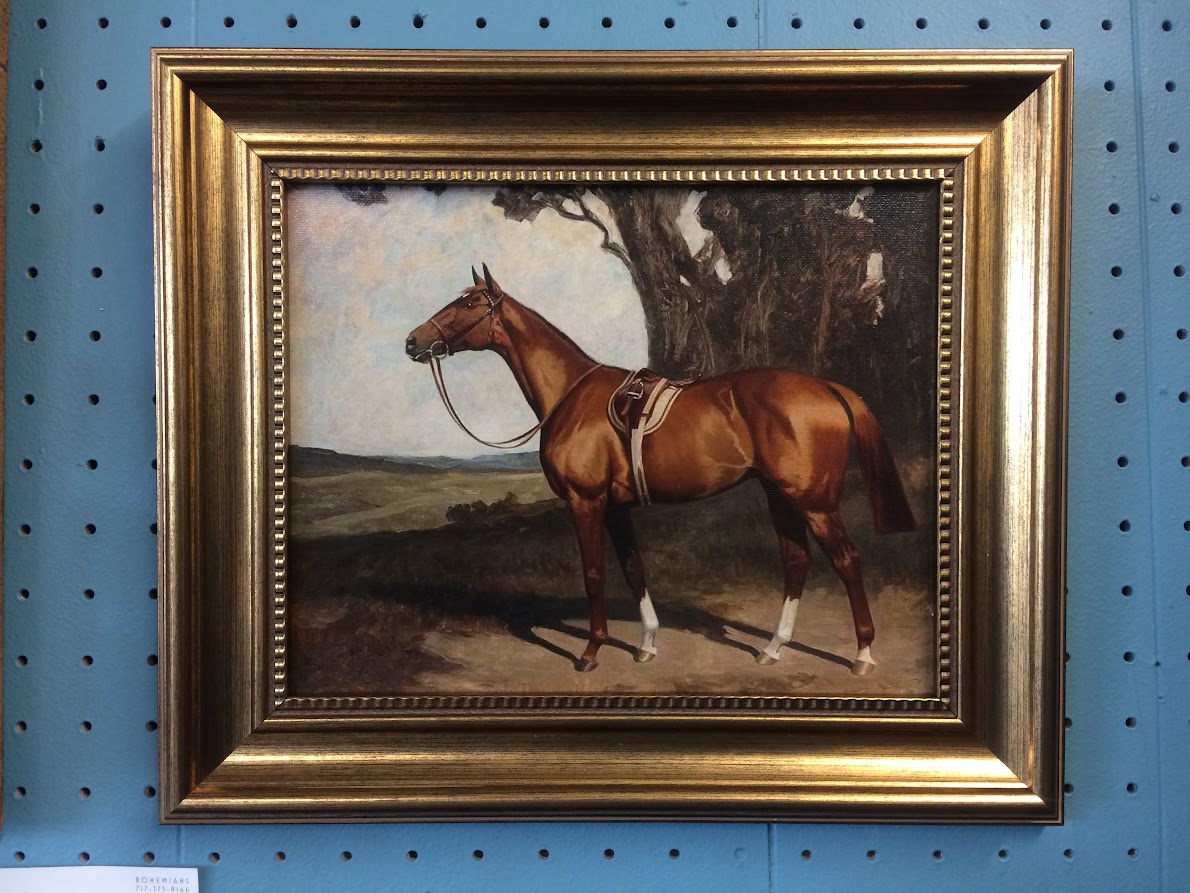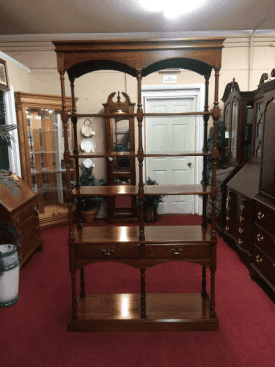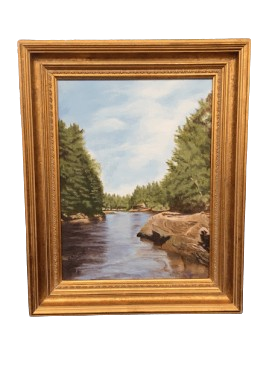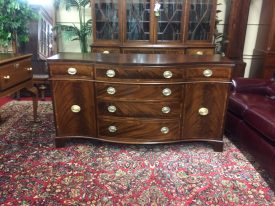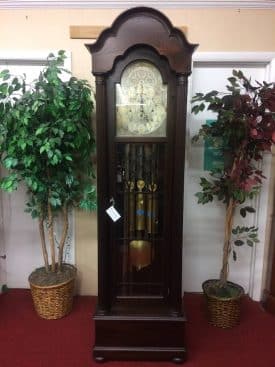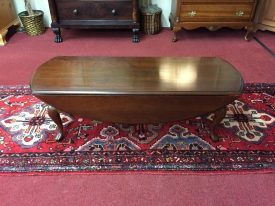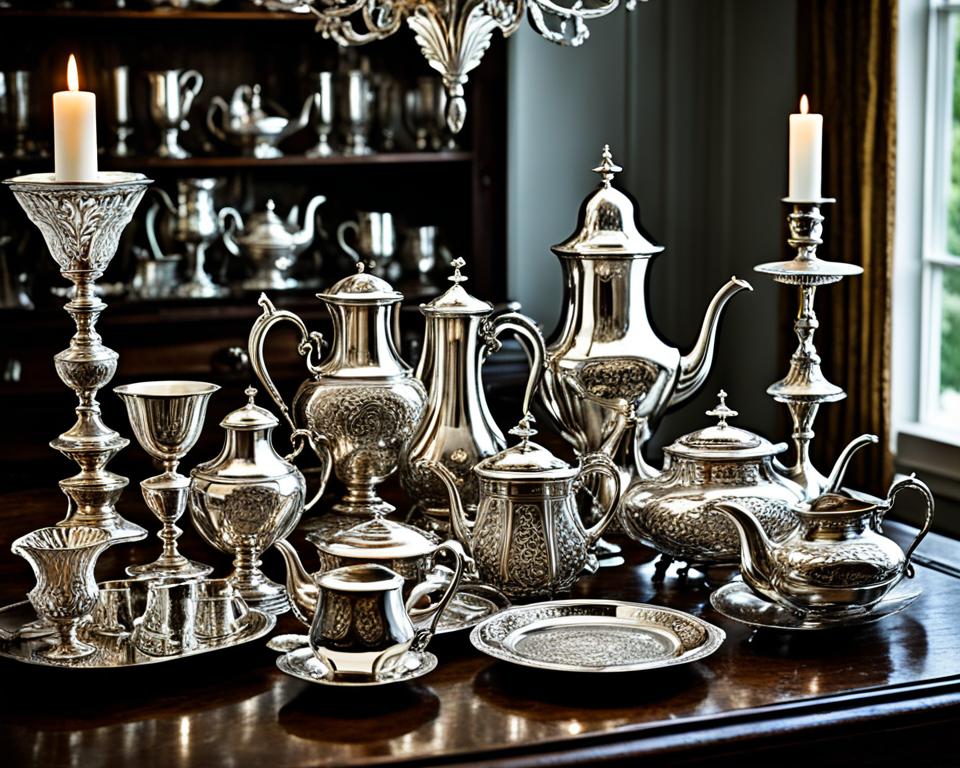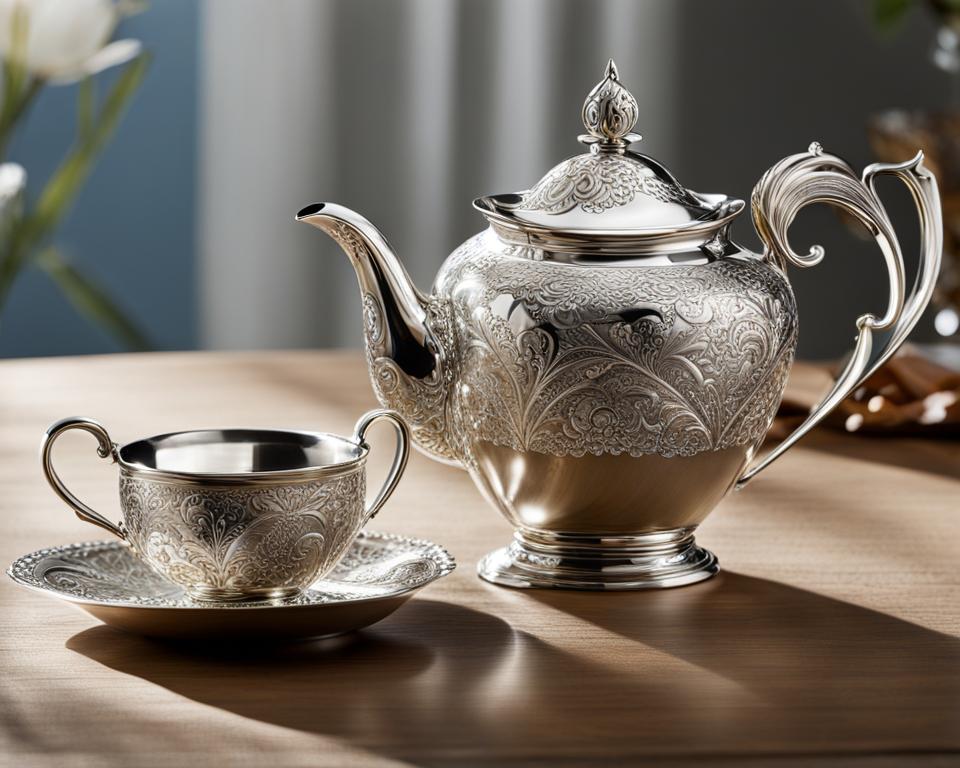Nice small reproduction horse print in a gilded frame. This nice vintage piece replicates the look of an Old World Style painting very well!
Small Reproduction Horse Print
Of course, the horse painting has a nice mixture of very fine textures. For instance, the horse has a very shiny and rich coat, while the tree in the background is completed with a more impressionistic group of brushstrokes.
The frame is a nice gold frame.
Overall, the print shows very nicely and looks convincing as an oil painting!
A small reproduction horse print, especially when framed, can be a charming decorative piece and may appeal to collectors and enthusiasts of equestrian art. Here are some factors to consider when evaluating the worth of such a piece:
- Subject Matter: The subject matter of the print, featuring horses, can significantly influence its appeal and value. Well-executed depictions of horses in various settings or poses may be more sought after by collectors.
- Quality of Reproduction: Assess the quality of the reproduction print. High-quality reproductions with accurate color reproduction and fine detail are generally more desirable and valuable. Look for prints with vibrant colors and lifelike details that capture the beauty and strength of the horses.
- Size: The size of the print can affect its value. Small prints are often more affordable and easier to display, making them popular among collectors with limited space.
- Condition: The condition of both the print and the frame is crucial in determining their value. Look for any signs of damage, such as tears, creases, or discoloration in the print, as well as damage or wear to the frame. Prints in excellent condition, with well-maintained frames, will typically command higher prices.
- Framing: The framing can add to the overall presentation and value of the print. Consider the quality and style of the frame, as well as how well it complements the artwork.
- Artist or Publisher: Determine the artist or publisher of the original artwork and the reproduction print. Some artists’ works or publishers’ prints are more sought after than others, which can impact the value of the print.
- Age: Older vintage reproduction prints may be considered more collectible, especially if they are no longer in production. However, condition and rarity are often more important factors than age alone.
- Provenance: Prints with a documented history or provenance, such as being part of a famous collection or associated with a notable previous owner, may carry higher value.
- Market Demand: The current demand for reproduction prints featuring horses can influence their market value. Consider researching recent sales of similar items to gauge market trends and pricing.
To determine the value of your small reproduction horse print, framed, consider consulting with art dealers, collectors, or appraisers who specialize in equestrian art or vintage prints. They can provide insights based on the specific details, subject matter, condition, framing, and market demand for your print. Additionally, researching recent sales of similar prints through auction houses or online marketplaces can help determine its market value.

